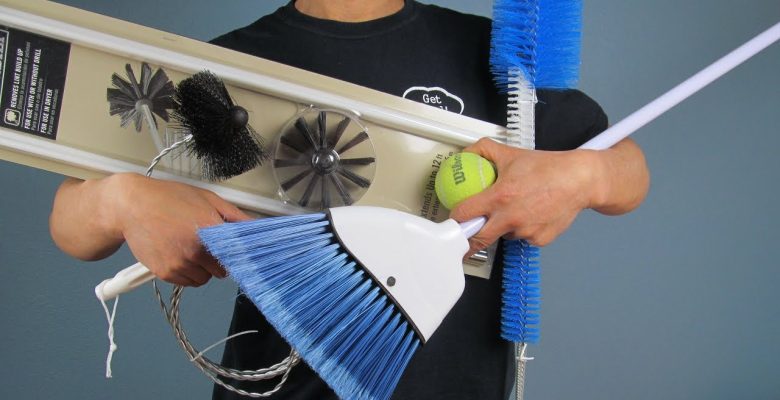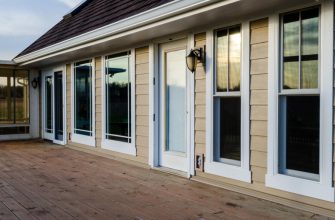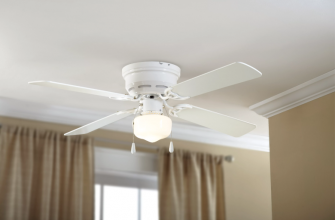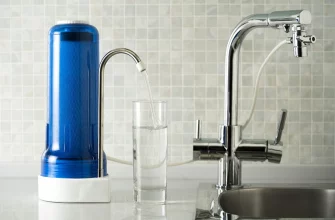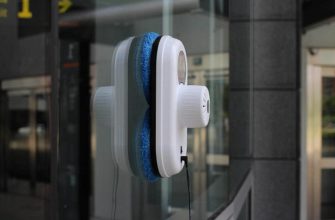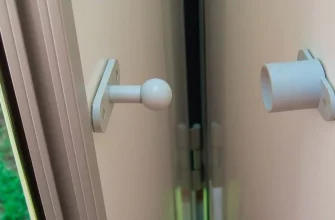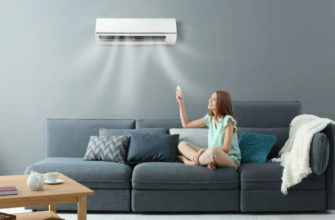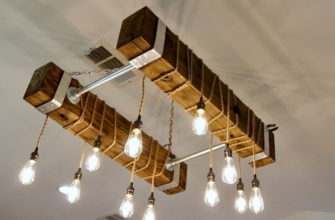Keeping the ducts and vents in your home clean is an important part of maintaining good indoor air quality and an efficient HVAC (heating, ventilation and air conditioning) system. Dirt, dust, pet dander, pollen and other contaminants can build up inside the ductwork over time, potentially leading to reduced airflow, higher energy bills, and an unhealthy home environment.
In this comprehensive guide, we’ll discuss the benefits of professional duct cleaning, explain what the process entails, and provide tips for choosing a qualified duct cleaning company. You’ll also learn about potential improvements to indoor air quality and HVAC system efficiency after having your ducts properly cleaned.
- Understanding the Importance of Home Duct Cleaning
- Benefits of Professional Duct Cleaning
- Enhanced Indoor Air Quality
- Potential Energy Efficiency and Cost Savings
- The Professional Duct Cleaning Process
- Initial Assessment and Inspection of Ductwork
- Identifying Contamination and Potential Issues
- Equipment and Techniques Used in Professional Duct Cleaning
- Specialized Equipment for Thorough Cleaning
- Cleaning Techniques for Different Duct Types
- Addressing Mould and Bacterial Growth
- Measures to Eliminate Hazards
- Impact on Indoor Air Quality
- Removal of Dust, Allergens, and Contaminants
- Benefits for Respiratory Health and Allergies
- Role in Creating a Healthier Living Space
- Maximizing HVAC System Efficiency
- Understanding the Impact on Heating and Cooling Systems
- Exploring the Relationship Between Duct Cleaning and Energy Efficiency
- Evidence and Considerations for Improved System Efficiency
- Potential Implications for Cost Savings
- DIY vs. Professional Duct Cleaning
- Pros and Cons of DIY Duct Cleaning
- Factors to Consider When Choosing Professional Duct Cleaning Services
- Signs Your Home Needs Professional Service
- Selecting the Right Experts for Efficient HVAC Systems
- Final Thoughts on Home Duct Cleaning
- Summary of Key Benefits and Considerations
Understanding the Importance of Home Duct Cleaning
The ductwork in most homes collects dust, dirt, debris and allergens over months and years of use. Factors like outdoor pollution, pets, tobacco smoke, cooking residue and more end up circulating through your home’s duct system.
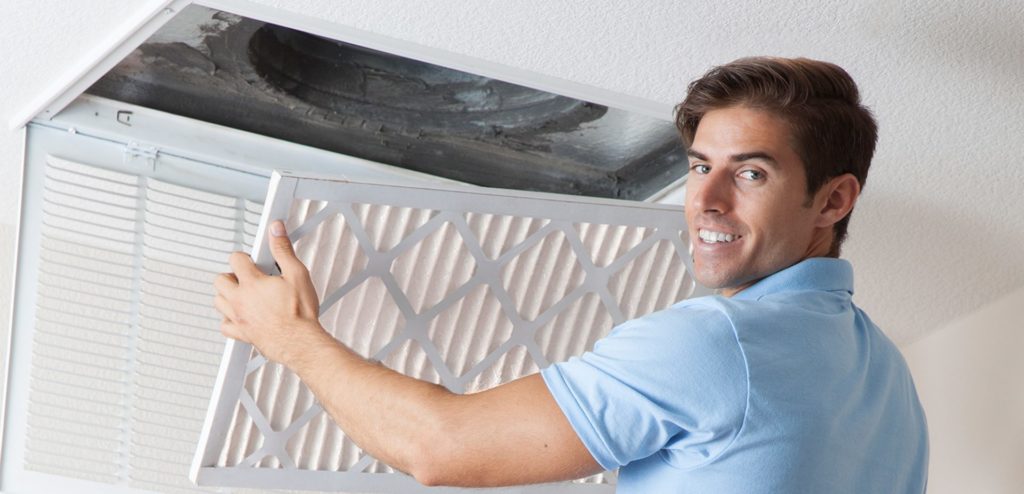
This buildup restricts airflow, so your system has to work harder to push air through the ducts, potentially causing higher energy bills. Restricted airflow also leads to uneven heating and cooling, with some rooms getting too hot or cold.
In addition to energy efficiency concerns, dirty ducts distribute contaminants back into living spaces, reducing indoor air quality. This can aggravate allergies and asthma for sensitive individuals. Professional duct cleaning removes these pollutants.
Benefits of Professional Duct Cleaning
Enhanced Indoor Air Quality
Having your air ducts professionally cleaned improves indoor air quality by eliminating dust, dirt, pollen, pet dander and other particles. This allows your HVAC system to circulate clean, filtered air throughout your home.
With cleaner ducts, the air you and your family breathe every day will be fresher and healthier. Contaminants that aggravate allergies and asthma will be reduced. Plus, musty odors that accumulate in dirty ductwork will be eliminated.
Potential Energy Efficiency and Cost Savings
Letting dust and debris build up in your air ducts places more strain on your HVAC system, causing it to work harder to push air through the restricted vents and ductwork. This leads to higher energy consumption and costs.
Professional duct cleaning can remove blockages and allow air to flow freely again. An EPA study found HVAC systems with clean coils and ducts used up to 15% less electricity for heating and cooling. So along with fresher indoor air, clean ducts can save money on energy bills.
The Professional Duct Cleaning Process
Initial Assessment and Inspection of Ductwork
Reputable duct cleaning professionals start with a thorough examination of your home’s ductwork using specialized diagnostic tools. This allows them to gauge the type and extent of contamination and identify potential issues.
Identifying Contamination and Potential Issues
An inspection locates problem areas like loose sections of ductwork, leaks, holes, and very dirty spots. Professionals use devices such as fiber optic scopes to peer inside your ducts and assess conditions.
They also test for contaminants like dust, pollen, pet dander, mold spores, and residue from household chemicals and pesticides. This helps target the most problematic sections during the cleaning process.
Equipment and Techniques Used in Professional Duct Cleaning
Reputable duct cleaners use powerful, truck-mounted vacuum systems and compressed air to dislodge debris and suck it out of your ductwork. Rotating brushes scrub the interiors to remove stuck-on contaminants.
Specialized Equipment for Thorough Cleaning
The right equipment allows professionals to access difficult areas including bends and joints. Extendable hoses stretch up to 50 feet, while high-powered vacuum whips make quick work of stuck-on dust and dirt.
Some pros also use robotic cameras on wheels (called “camera crawlers”) to provide visual confirmation that the ducts have been thoroughly cleaned.
Cleaning Techniques for Different Duct Types
The specific methods and tools used depends on your home’s ductwork system. For sheet metal or flexible ducts, pros typically use compressed air and vacuum whips. Concrete, fiberglass or wood ducts require hand cleaning with brushes due to their rigid structure.
Addressing Mould and Bacterial Growth
In addition to dirt and dust, moisture inside air ducts can allow mold, bacteria and other biological contaminants to grow. These microscopic organisms get blown into living areas, aggravating allergies and asthma.
Measures to Eliminate Hazards
Professional duct cleaners use commercial-grade HEPA vacuums and antimicrobial chemical foggers to address bacteria and mold. They locate and seal duct leaks that allow moisture to enter. Installing a high-quality HVAC filter provides ongoing protection.
Impact on Indoor Air Quality
Removal of Dust, Allergens, and Contaminants
Thorough duct cleaning eliminates up to 99% of pollutants as small as 0.3 microns. This includes dust mites, pet dander, pollen and mold spores. Removing these contaminants from your ductwork improves indoor air quality.
Benefits for Respiratory Health and Allergies
With fewer airborne particulates circulating, family members with allergies, asthma, and chronic respiratory illness often experience relief after professional duct cleaning. Breathing becomes easier for many homeowners.
Role in Creating a Healthier Living Space
Along with using high-quality filters, regularly changing AC coils, and proper ventilation, clean ducts prevent many indoor air pollutants from recirculating. This contributes to a fresher, healthier home environment.
Maximizing HVAC System Efficiency
Understanding the Impact on Heating and Cooling Systems
Dirt and debris act as insulation inside air ducts, making HVAC systems work much harder to push air through the restricted vents and passages. This strains the blower fan motor and compressor.
Professional cleaning removes blockages so equipment doesn’t have to labor as hard to circulate air. This helps extend the operating life of costlier HVAC components.
Exploring the Relationship Between Duct Cleaning and Energy Efficiency
Evidence and Considerations for Improved System Efficiency
An EPA study found that clean heating and cooling system components like coils and ducts improved operational efficiency by up to 15%. The same report noted most homeowners don’t notice issues with their HVAC systems until efficiency drops by a staggering 37%.
So while the exact improvement varies based on many factors, keeping your ducts clean does allow your HVAC system to run more efficiently. This saves energy and money while maintaining comfort.
Potential Implications for Cost Savings
With a properly functioning, unrestricted HVAC system, you can potentially lower energy bills by up to 20%, adding up to hundreds of dollars in savings each year. Exact amounts depend on several variables, including your climate zone, duct type, system age and more. But in most cases, improving operational efficiency translates to lower utility costs over time.
DIY vs. Professional Duct Cleaning
Pros and Cons of DIY Duct Cleaning
Some homeowners attempt DIY duct cleaning using methods like vacuum attachments, air compressors and leaf blowers. While this saves money upfront, the results are generally poor and can even damage ductwork.
Only powerful, truck-mounted vacuum equipment can generate enough suction to completely clean duct interiors. Professionals also use specialized tools like rotating brushes and air whips that no DIY kit includes. The small investment for a pro duct cleaning pays off in clean, energy-efficient HVAC systems and better indoor air quality.
Factors to Consider When Choosing Professional Duct Cleaning Services
With hundreds of duct cleaning companies to choose from, it helps to know the warning signs of unqualified firms. Avoid companies that make sweeping claims about the health benefits of duct cleaning or push unnecessary services.
Signs Your Home Needs Professional Service
Consider professional duct cleaning if family members suffer from chronic respiratory illness or allergies. Musty smells, visible mold growth and very dusty ductwork are other signs it’s time to call the pros. Most experts recommend cleaning ducts every 3-5 years.
Selecting the Right Experts for Efficient HVAC Systems
Look for NADCA-certified companies with trained, experienced technicians, a proven track record and modern cleaning equipment. Talk with several contractors and get written estimates before deciding. Reputable firms also offer guarantees in case you aren’t fully satisfied.
Final Thoughts on Home Duct Cleaning
Keeping your air ducts clean provides multiple benefits including enhanced indoor air quality, more efficient HVAC operation, and potential energy savings. While DIY duct cleaning is generally inadequate, professional services deliver superior results using powerful equipment not available to homeowners.
Summary of Key Benefits and Considerations
Professional duct cleaning:
- Eliminates dust, dirt, pet dander and other contaminants.
- Allows HVAC systems to operate more efficiently.
- Can improve indoor air quality and respiratory health.
- Helps extend the lifespan of costly system components.
- May reduce energy consumption and costs over time.
When hiring duct cleaning professionals, check industry certifications and experience. Avoid companies that overpromise on health benefits or push unnecessary services. For optimal HVAC system performance and indoor air quality, consider scheduling professional cleanings every 3-5 years.

